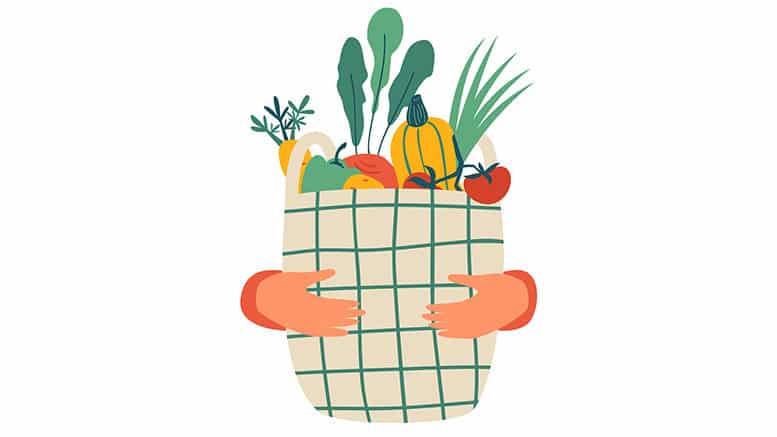The CalFresh program in California can reduce hunger by helping college students pay for groceries. However, the program is not reaching all eligible students, and eligibility requirements are limiting access to the program for many community college students.
According to a California Policy Lab report, 20% of all California community college (CCC) students (about 321,400) were likely eligible in fall 2019 for CalFresh, which is California’s version of the federal Supplemental Nutrition Assistance Program (SNAP). But only 26% of those students enrolled in the program.
Eligibility for these students rose temporarily to 29% in fall 2020 during Covid, then fell to 23% in spring 2022. The “take-up” rate – or rate of eligible students who participate in CalFresh – for CCC students declined steadily from 2012 through 2018 and has not recovered.
The report also looks at University of California (UC) students, with 33% of UC undergraduate students were likely eligible for CalFresh in fall 2019 and 22% of those eligible students enrolled in the program. For UC graduate students, 7% were eligible and 27% of those students enrolled in CalFresh.
June 11 webinar: The California Policy Lab will hold a discussion on the findings of its report. Register today.
UC student eligibility did not change notably during the pandemic, but did rise to 39% in spring 2022, which is the most recent term for which data are available. The take-up rate among eligible UC undergraduates has grown substantially since 2017 (it was only 5% in 2012), reflecting, in part, enhanced outreach efforts at UC.
Among both CCC and UC students, Black and Hispanic students are more likely to be eligible than are White or Asian American students. And the take-up rate is higher for Black students at both types of institutions than for White students.
Eligibility hurdles
For community college students, the CalFresh eligibility rate appears lower than for UC students despite the fact that “UC students are, on average, much more advantaged than CCC students,” according to the report. Eligibility requirements are partly to blame.
To be eligible for CalFresh, college students overall must meet criteria that don’t apply to the general population, such as being the parent of a young child or receiving support from the Temporary Assistance for Needy Families (TANF) or state or federal work-study programs.
“The intent is to prevent SNAP benefits going to students who could instead draw on support from their high-income parents, but the effect is to make it challenging for students to navigate the system,” the report says.
Housing status is a key component in eligibility for CalFresh. Eligibility is based on the income total of people living and preparing meals together. More CCC students than UC students are likely to live with their parents, therefore not qualifying for CalFresh.
Another reason fewer CCC students appear eligible has to do with the Cal Grant college scholarship. The version of the Cal Grant given to UC students qualifies many of them for CalFresh eligibility because it’s TANF-funded. The version given to community college students is not TANF-funded.
The report’s authors suggest that the California Student Aid Commission could explore whether TANF dollars could fund Cal Grants for which CCC students are eligible.
More community college students may be eligible for CalFresh than is currently estimated, but fewer CCC students filed a Free Application for Federal Student Aid – which could indicate income eligibility – than UC students.
Better outreach
Meeting eligibility requirements does not ensure that a student will enroll in CalFresh, though – as is reflected in the take-up rates. A student must know about the program and submit an application, then have his or her eligibility assessed by a caseworker.
According to the report, California has prioritized student enrollment in CalFresh in recent years, working to better connect eligible students to benefits and to expand eligibility. Colleges are required to provide information on CalFresh during student orientation. The state also provided funding to increase collaboration between county human services agencies and college campuses.
The increase in take-up rates for UC students comes as the UC system has invested in student basic needs and CalFresh outreach. Between 2013 and 2015, UC campuses have had an increased presence of campus basic needs units.
At California community colleges, an increase in CalFresh participation may be in the future as recent legislation funding basic needs centers on community college campuses will expand their capacity to connect more eligible students to CalFresh.

